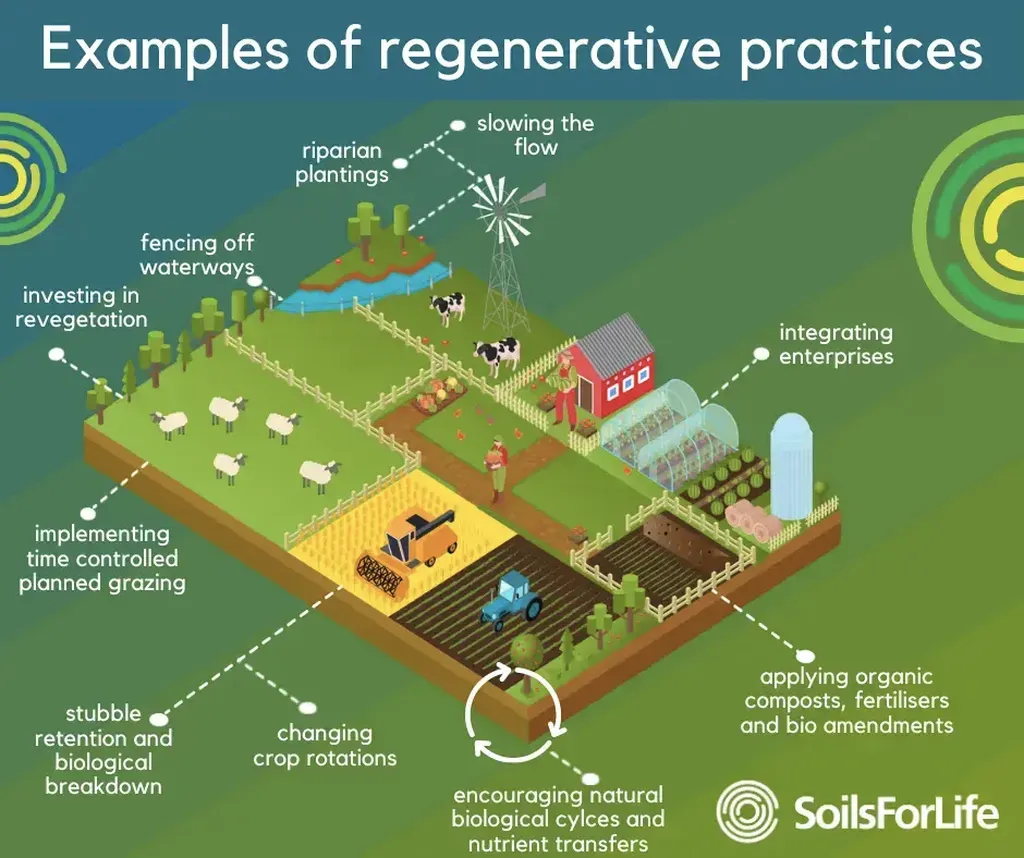In the face of escalating climate change and soil degradation, the global food system is at a crossroads. A recent review published in *Applied Food Research* (translated from the original title *Forskning i Anvendt Mad*) sheds light on a promising solution: regenerative agriculture, with a spotlight on underutilized legumes. Led by Reuben Acheampong from the Department of Nutrition and Food Science at the University of Ghana, the research underscores the pivotal role of leguminous crops like Bambara groundnut and pigeon pea in fostering climate-resilient food systems.
Legumes, often overshadowed by staple crops, are nutritional powerhouses packed with proteins, dietary fiber, and essential micronutrients. They are also ecological champions, fixing atmospheric nitrogen and enhancing soil fertility. “Legumes are a game-changer in regenerative agriculture,” Acheampong asserts. “They not only improve soil health but also contribute significantly to nutritional security, particularly in regions with limited access to animal-based proteins.”
The review quantifies the benefits of integrating legumes into agricultural systems. Nitrogen fixation rates can reach up to 200 kg per hectare, and crop rotations involving legumes can boost yields by 25%. These crops are also nutritional powerhouses, with protein content ranging from 18% to 40%, and they contain bioactive compounds that support the prevention of chronic non-communicable diseases like cardiovascular disease and diabetes.
Advances in processing techniques, such as fermentation and enzyme-assisted extraction, further enhance the nutritional value of legumes. These methods improve nutrient bioavailability and mitigate anti-nutritional factors like phytic acid. “Processing innovations are crucial for unlocking the full potential of legumes,” Acheampong notes. “They make these crops more accessible and appealing to consumers, driving market demand and commercial opportunities.”
Underutilized legumes, adapted to marginal environments, hold untapped potential to diversify diets and strengthen food security in climate-vulnerable regions. However, challenges such as limited market access and consumer awareness persist. The review advocates for increased research into biofortified varieties, sustainable processing, and policy incentives to integrate legumes into circular food systems.
The implications for the energy sector are significant. As the world shifts towards sustainable practices, the integration of legumes into regenerative agriculture can reduce reliance on synthetic fertilizers, lowering energy consumption and greenhouse gas emissions. This shift aligns with global efforts to create more sustainable and resilient food systems.
Acheampong’s research, published in *Applied Food Research*, highlights the need for a paradigm shift in agricultural practices. By embracing regenerative agriculture and underutilized legumes, we can foster a future where food security and environmental sustainability go hand in hand. The journey towards this future is fraught with challenges, but the potential rewards are immense. As Acheampong puts it, “The time to act is now. The future of our food systems depends on the choices we make today.”

